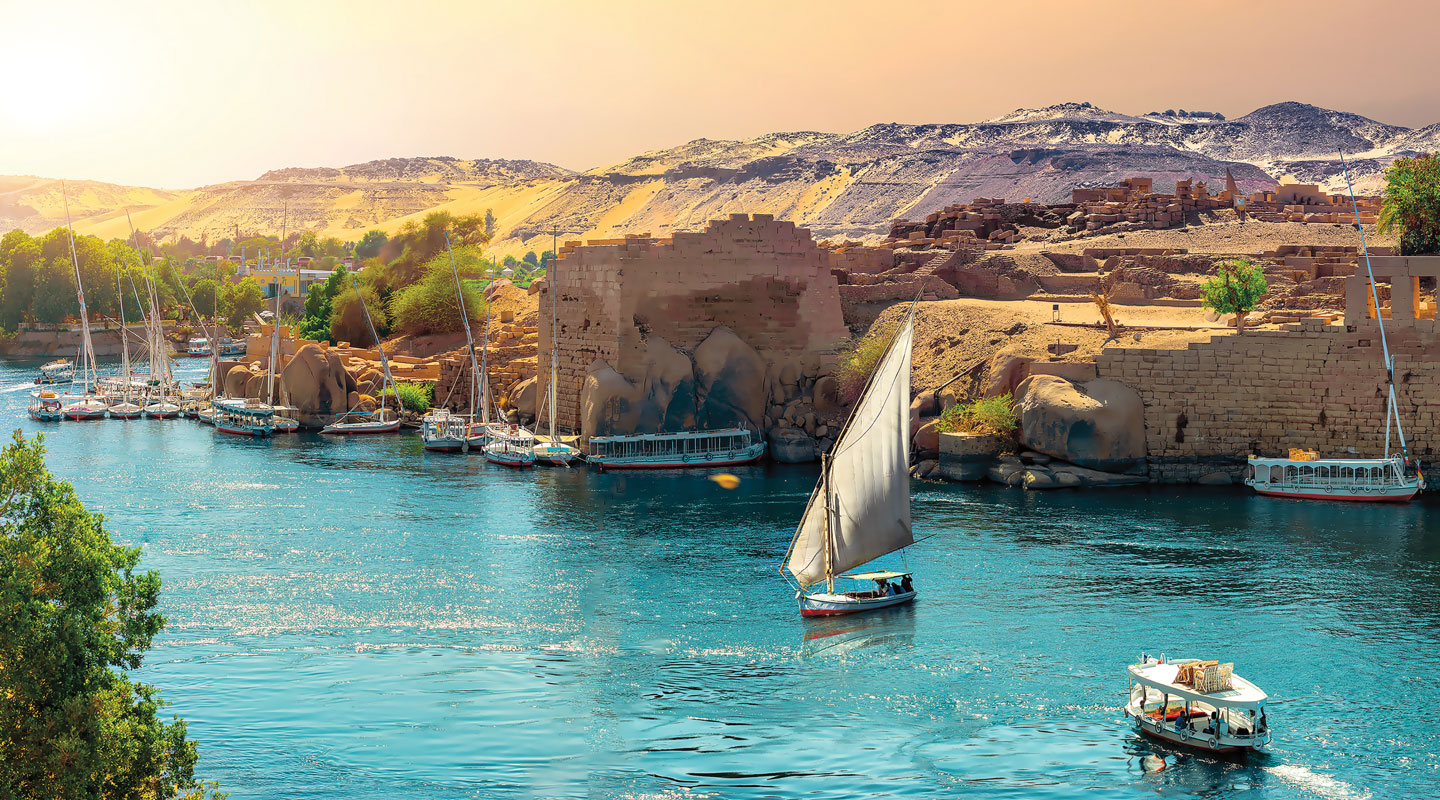Jim McMahon/Mapman®
Construction of a massive dam in Africa is nearly complete, but the $4.5 billion project is flooded in controversy.
The Grand Ethiopian Renaissance Dam (GERD) is being built in Ethiopia on the Blue Nile. (A dam is a human-made structure designed to collect water from a river. Water builds up behind it in an artificial lake called a reservoir, to be used for everything from irrigation to generating electricity.)
When the GERD is finished in 2023, it will be able to hold nearly 20 trillion gallons of water in a reservoir the size of London, England. Officials say it will help provide electricity for about 75 million people in Ethiopia—many of whom currently lack it—plus millions more in neighboring countries.
But not everyone is happy about the project. The Blue Nile is a tributary of the Nile, the world-famous river that winds its way through Egypt and gave rise to one of history’s greatest civilizations.
Today, nearly all of Egypt’s 100 million people live along the Nile and depend on it as their main source of water. Many of the nation’s residents are concerned that the GERD could drastically reduce their water supply, destroying countless crops and thousands of farmers’ jobs. The issue has led to a bitter clash between the two countries.
Construction of a massive dam in Africa is nearly complete. But the $4.5 billion project is flooded in controversy.
The Grand Ethiopian Renaissance Dam (GERD) is being built in Ethiopia on the Blue Nile. (A dam is a human-made structure designed to collect water from a river. Water builds up behind it in an artificial lake called a reservoir. The water can be used for everything from irrigation to generating electricity.)
The GERD will be finished in 2023. It will be able to hold nearly 20 trillion gallons of water in a reservoir the size of London, England. Officials say it will help provide electricity for about 75 million people in Ethiopia. Many of them currently lack it. It will also help provide electricity for millions of people in neighboring countries.
But not everyone is happy about the project. The Blue Nile is a tributary of the Nile. The Nile is the world-famous river that winds its way through Egypt and gave rise to one of history’s greatest civilizations.
Today, nearly all of Egypt’s 100 million people live along the Nile. They depend on it as their main source of water. Many of the nation’s residents are concerned that the GERD could drastically reduce their water supply. That could destroy countless crops and thousands of farmers’ jobs. The issue has led to a bitter clash between the two countries.

